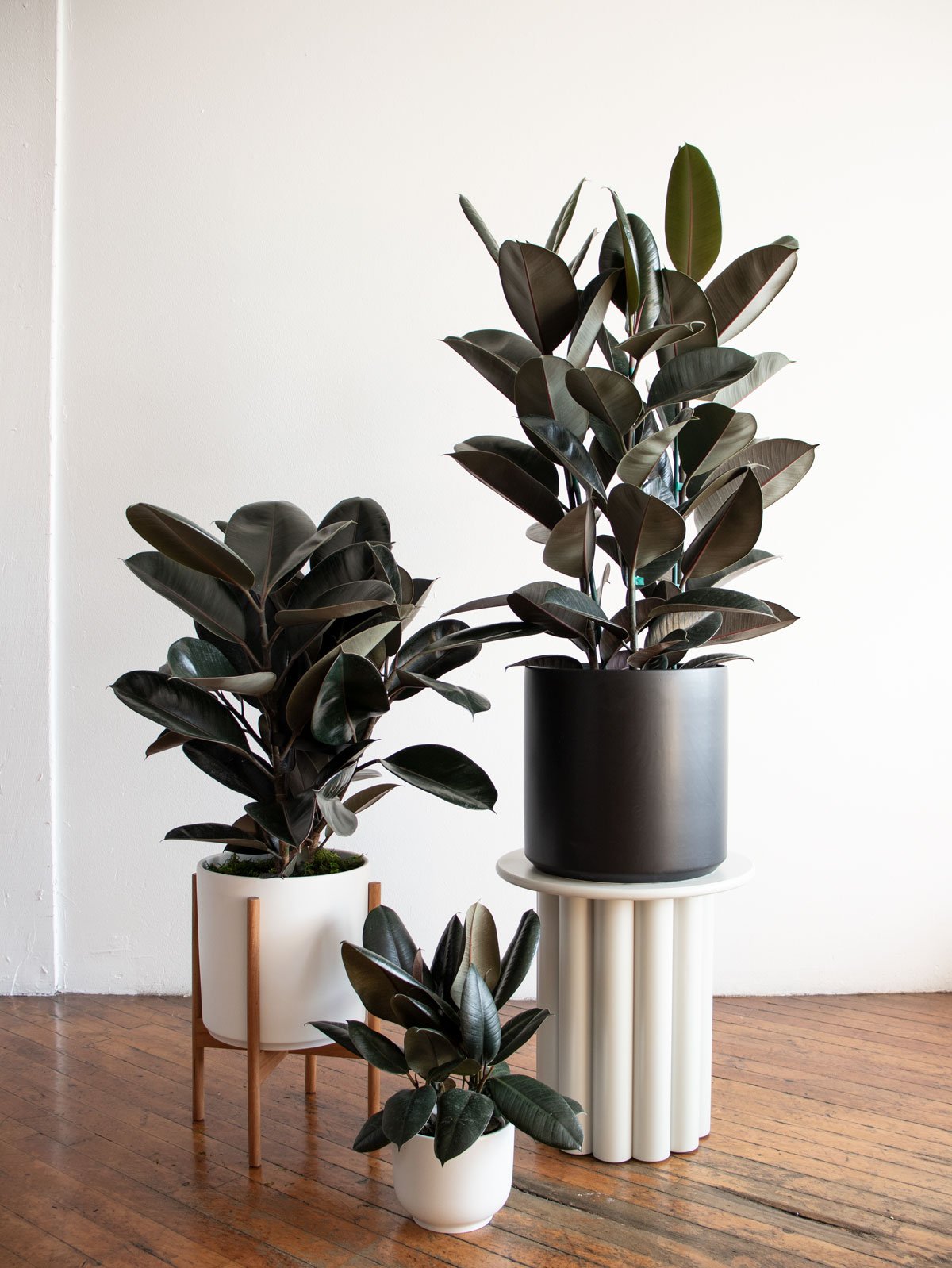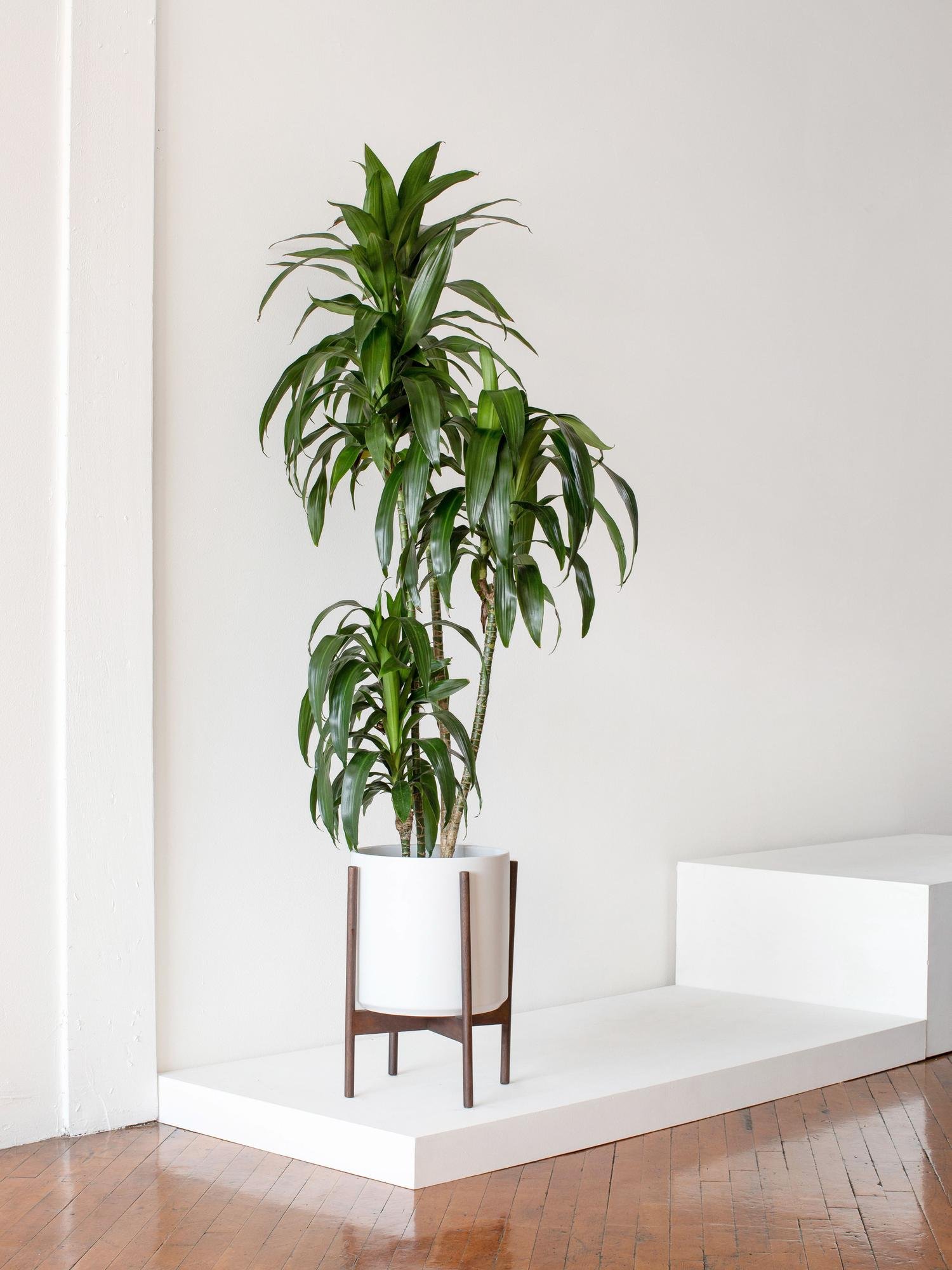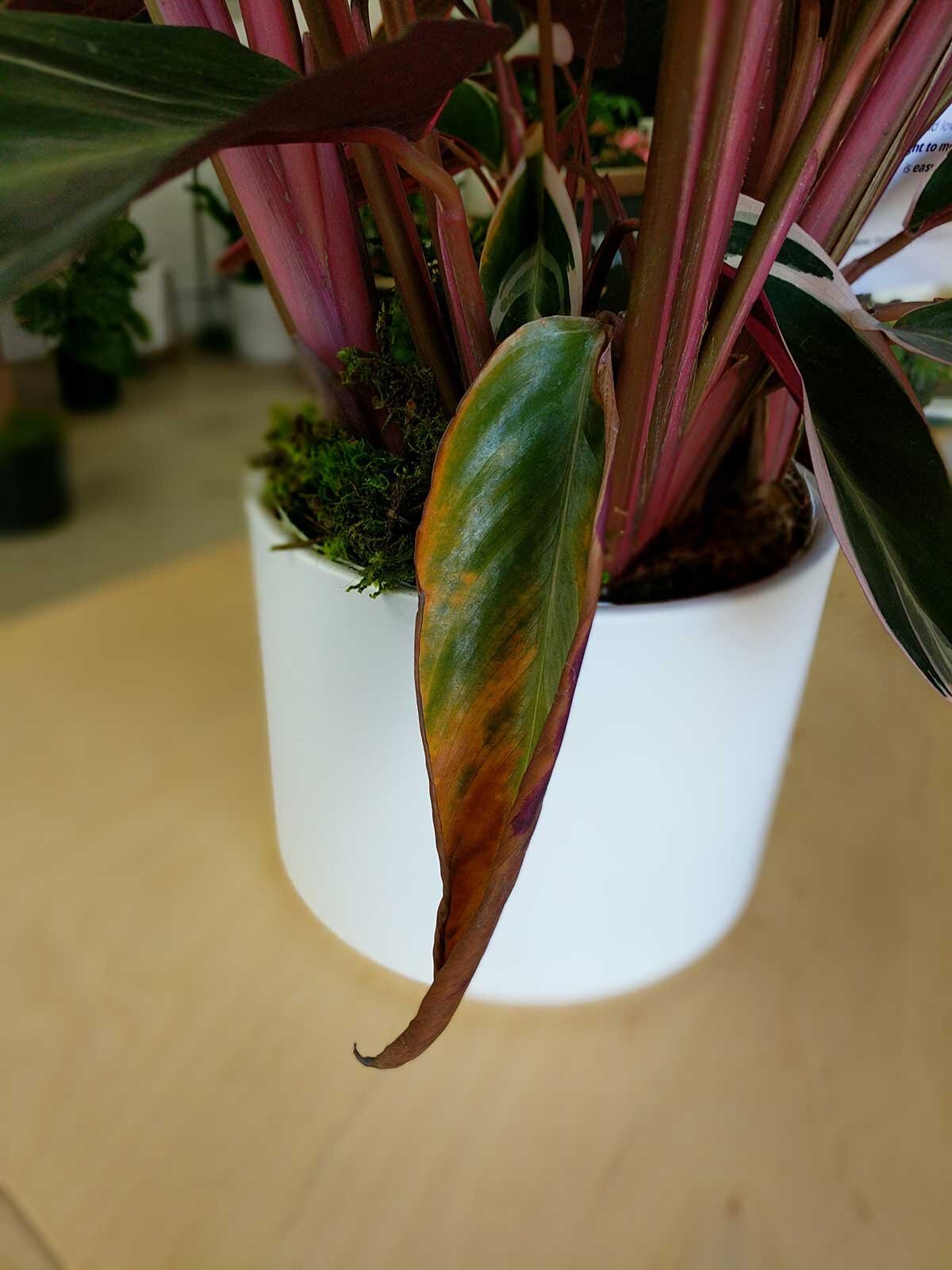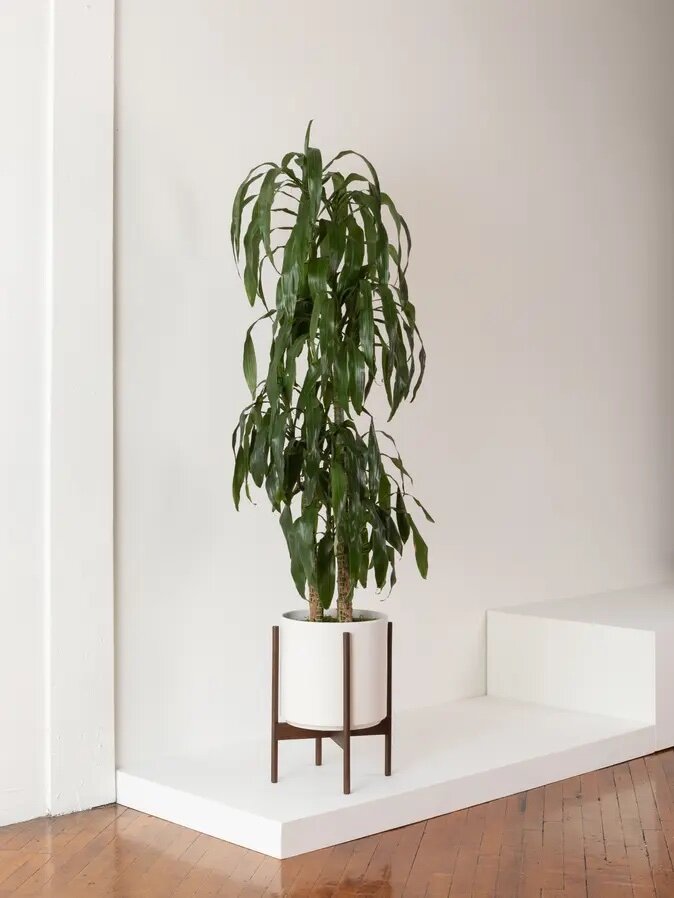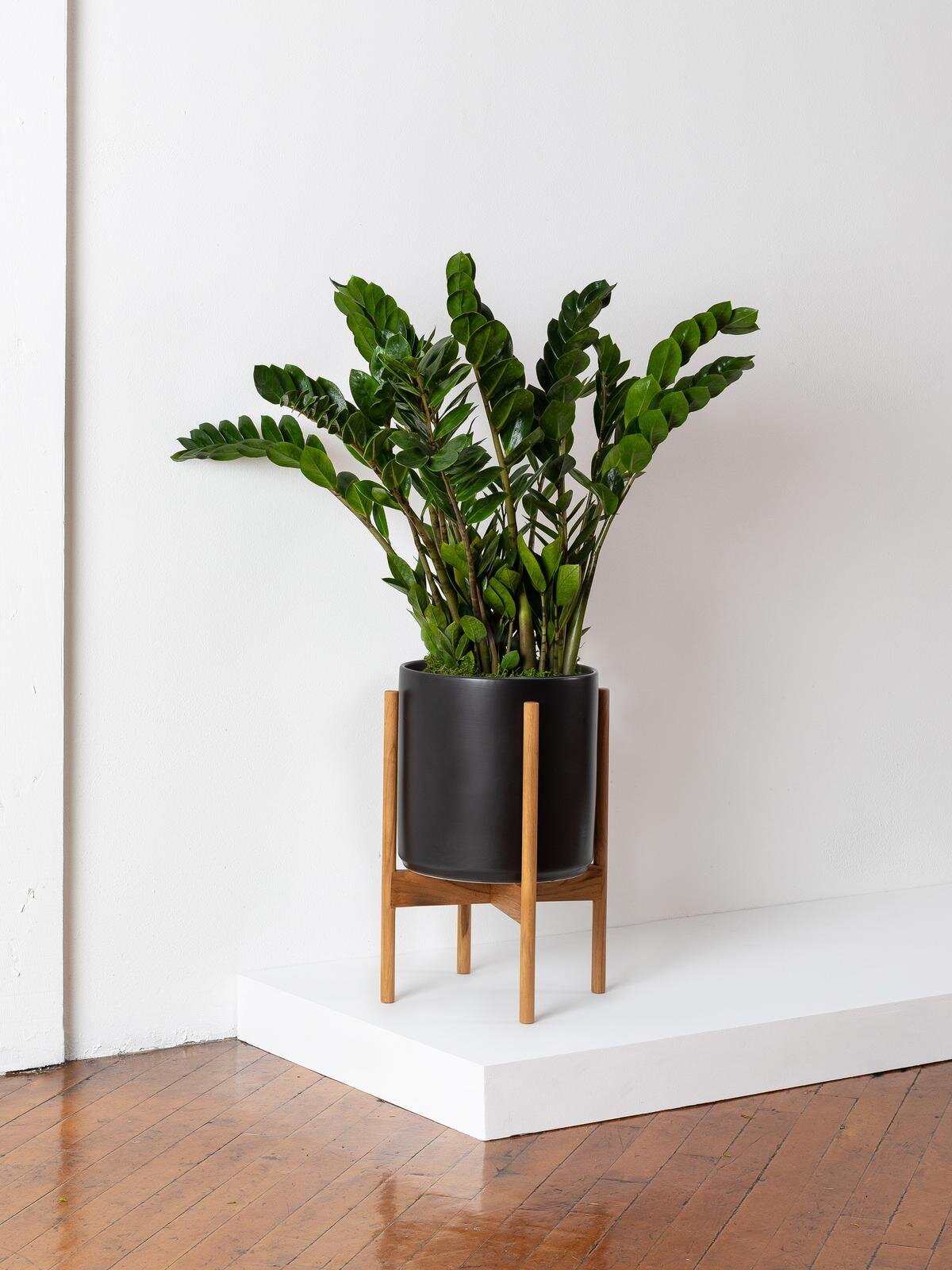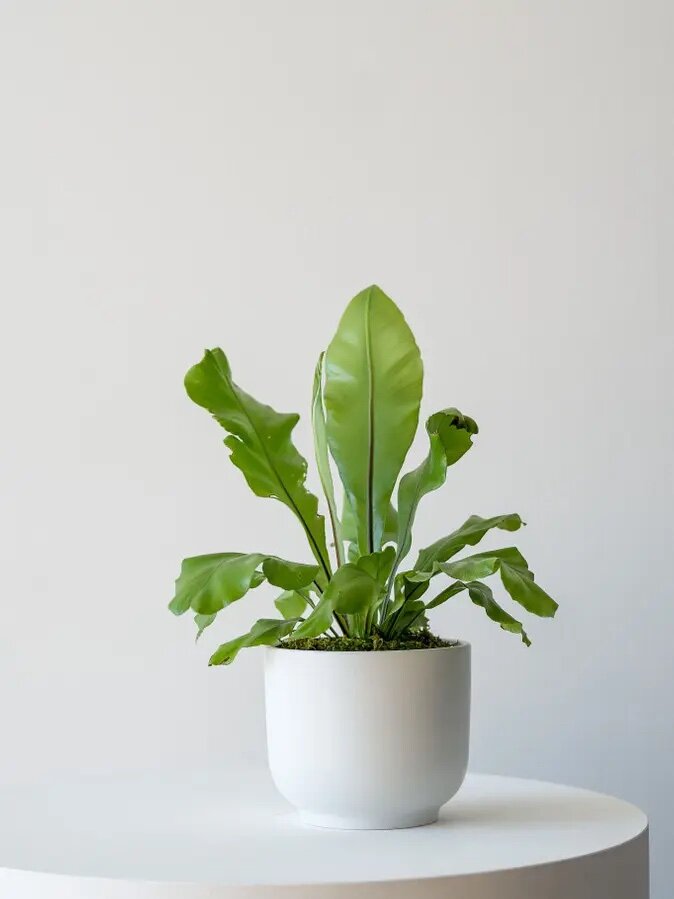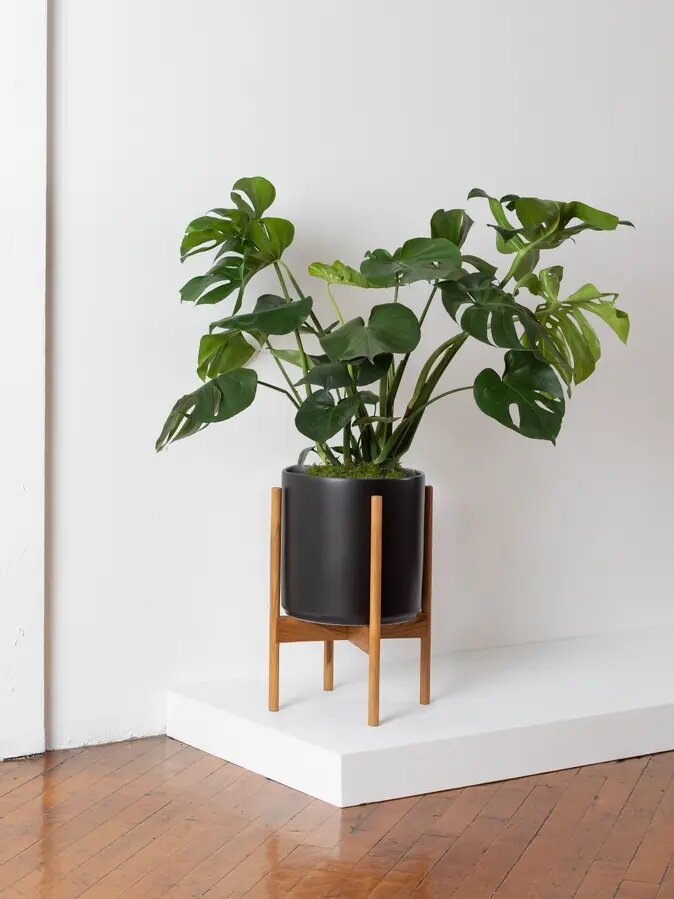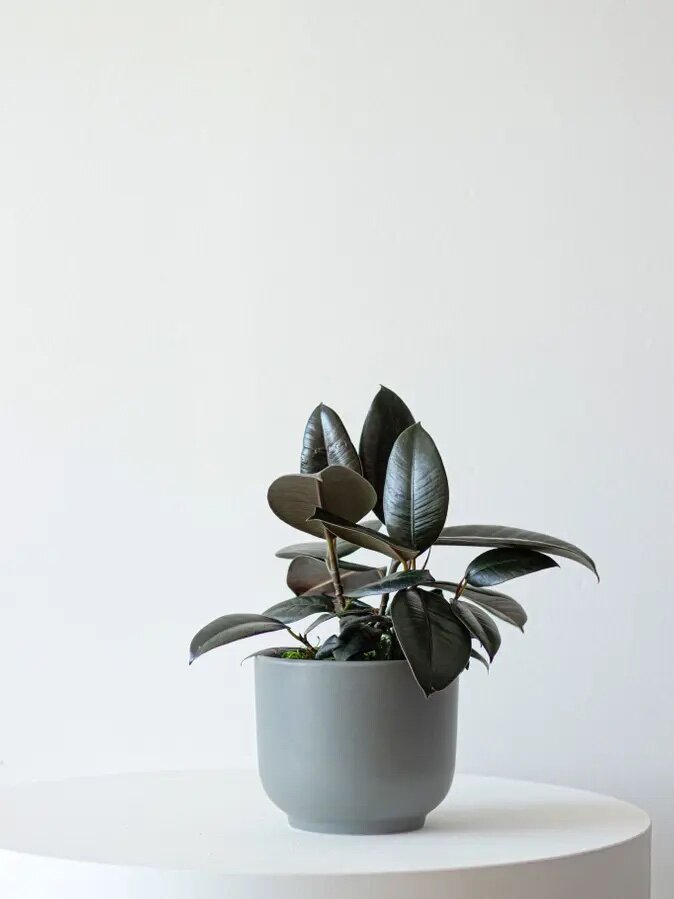Why Are The Leaves of My Rubber Tree Yellowing and Pale?
There’s so much to love about the gorgeous Rubber Tree. With richly hued, glossy leaves tinged with shades of burgundy, the Rubber Tree, or Ficus Elastica, is vivid and stunning. It’s also low-maintenance: this ficus variety is easy-care and tolerant of varied light. But as with any plant, its foliage is often the first area through which the plan exhibits stress. And in some cases, this can mean pale, yellowing leaves on your previously verdant and colorful Rubber Tree. There are solutions! Read on to learn the most common causes of yellow, pale Rubber Tree foliage and how to correct the issue.
Overwatering
Far and away the most common culprit of yellowing, pale leaves on Rubber Trees is overwatering. Improper soil moisture is a common problem among all indoor plants, and Rubber Trees are no exception. Although it’s true that they appreciate misting (they are originally from the humid Amazon) indoor spaces are a far cry from their home turf, and overwatering causes systemic stress that often results in pale, yellow leaves, which may droop and fall off entirely.
Rubber Trees do not require, or prefer, copious amounts of water. You should water your plant only when its topsoil is dry to the touch. This may result in watering only every few weeks. Don’t be alarmed! Each plant has its own rhythm. So if you probe the soil with your finger and find it to be thoroughly soggy or drenched, you’ve identified the cause of the yellow, pale leaves: and you need to let your Rubber Tree’s soil dry out entirely before you resume watering.
Inconsistent temperatures
Rubber Trees don’t love sudden changes in temperature. If your plant undergoes very cold (or hot) spells, for example, when you are traveling and not using climate control at home, this may result in your plant feeling stressed due to changes in its environment. A stressed Rubber Tree will either start to show yellow leaves or leaf drop.
How to avoid yellow leaves on your Rubber Tree
The best way to avoid yellow leaves on your Rubber Tree is to water your plant correctly and consistently.
When it comes to how much water your Rubber Tree needs, there are a few things that come into play. The amount of light that it receives, the season and the dryness or humidity of its environment are all factors. utilizes the water it receives in accordance to its environment. That’s why the method of manually probing your Rubber Tree’s soil to gauge moisture is so valuable: it’s foolproof! So if your Rubber Tree has been severely overwatered, allow it to dry out entirely before resuming your watering routine. Then, start fresh by maintaining a routine of measuring its moisture levels before watering by pushing aside a portion of its decorative moss and sticking your finger two inches down into the plant’s soil. When it it dry to the touch, it is time to water. Use this method of manually gauging its moisture regularly, and water only when topsoil is dry.
More Support
If you follow the steps above and your Rubber Tree does not improve and continues to experience pale and yellowing foliage, our Plant Doctor service is here to help. Reach out to them by logging into your Léon & George account, then select the option “Contact Plant Doctor”. Be sure to include photos of your Rubber Tree as a whole, as well as close-ups of any yellowing and pale foliage. Our Plant Doctor team will get back to you with an assessment and guidance within 2-3 business days.






